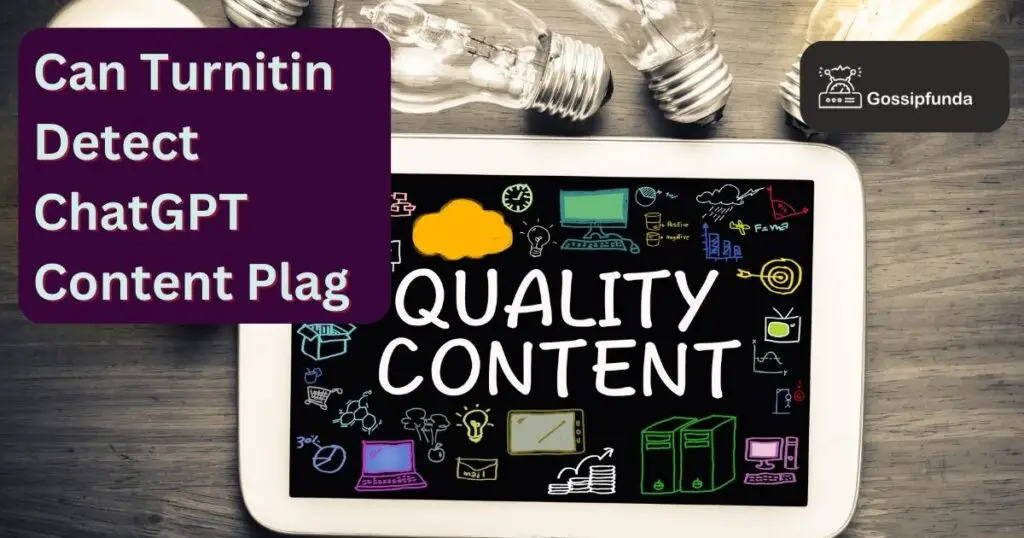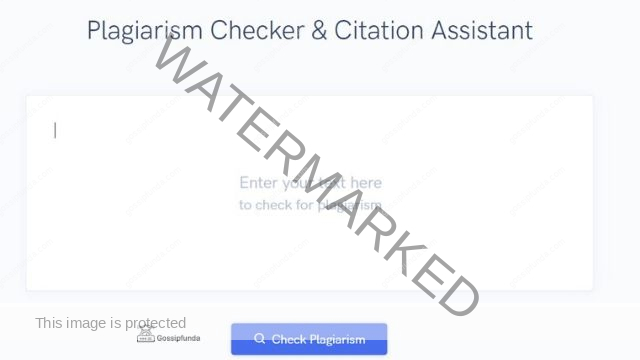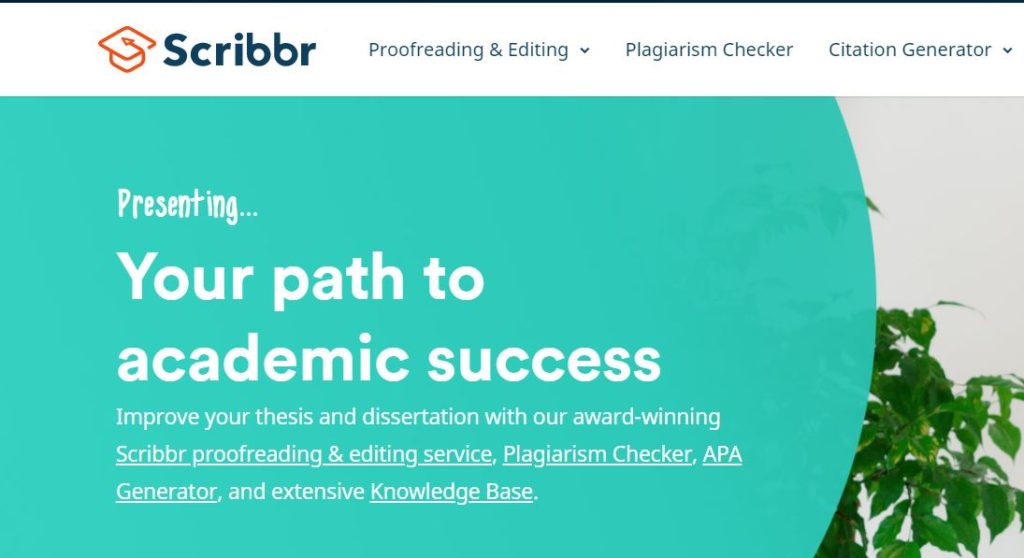In today’s digital age, where information is easily accessible and online content creation is booming, concerns about plagiarism have become more pronounced. Students, researchers, and content creators often wonder if advanced AI tools like ChatGPT can escape the detection of plagiarism checkers like Turnitin. This article delves into the intriguing question of whether Turnitin can truly detect instances of plagiarism in content generated by ChatGPT, exploring the mechanisms behind both technologies and shedding light on the intricacies of plagiarism detection.
Understanding Turnitin: A Powerful Plagiarism Detection Tool
Turnitin’s Functionality
Turnitin, a widely-used plagiarism detection tool, has gained prominence due to its ability to compare submitted content with a vast database of academic papers, websites, and previously submitted assignments. The system employs sophisticated algorithms to highlight similarities between the submitted content and existing sources, aiding educators and institutions in identifying potential instances of plagiarism.

Mechanisms Employed by Turnitin
Turnitin employs a combination of text-matching algorithms, natural language processing techniques, and pattern recognition to analyze the submitted content comprehensively. The tool breaks down the text into smaller segments and compares them to its extensive database. Additionally, Turnitin’s algorithms can identify paraphrased content, reworded sentences, and even translations of existing material.
Enter ChatGPT: Unleashing AI-Powered Content Generation
Understanding ChatGPT
ChatGPT, developed by OpenAI, is an advanced language model designed to generate human-like text based on the input provided to it. It uses a transformer architecture and is trained on a diverse range of internet text to produce coherent and contextually relevant responses. This tool has gained popularity in content creation, customer support, and even creative writing.
Generating Plausible Content
ChatGPT’s ability to generate coherent and contextually relevant responses raises questions about its potential for plagiarism. While ChatGPT doesn’t directly copy text from existing sources, it generates content based on patterns it has learned from its training data. This can occasionally result in outputs that bear resemblance to existing content, leading to concerns about unintentional plagiarism.
Turnitin vs. ChatGPT: Plagiarism Detection Battle
Can Turnitin Detect ChatGPT Content Plagiarism?
The question remains: Can Turnitin effectively detect plagiarism in content generated by ChatGPT? The answer is nuanced. Turnitin excels at identifying verbatim matches, direct paraphrases, and heavily copied sections from its database. However, ChatGPT’s unique generation process might produce text that, while not directly copied, resembles existing content. Turnitin might struggle to pinpoint instances where ChatGPT-generated content appears to be original but carries the underlying structure of an existing source.
Challenges Faced by Turnitin
Turnitin faces challenges in detecting ChatGPT-generated content plagiarism due to the tool’s distinctive functioning. ChatGPT generates content that is contextually rich and fluently structured, often deviating from rigid patterns. Turnitin’s algorithms might find it difficult to discern whether similarities between ChatGPT content and existing sources are the result of genuine innovation or unintended resemblances.
Tips for Avoiding Unintentional Plagiarism
Mindful Content Generation
Content creators using ChatGPT can adopt certain practices to avoid unintentional plagiarism. They should provide clear instructions to the AI, specifying the desired tone, style, and information sources. Verifying the output against existing sources manually before finalizing it can help identify and rectify any unintended similarities.
Utilizing Plagiarism Checkers
To ensure the originality of the generated content, authors can employ plagiarism checkers before submitting or publishing their work. While Turnitin might have limitations with ChatGPT content, other plagiarism detection tools can complement its functionality and offer a more comprehensive assessment.
Conclusion
In the realm of plagiarism detection, Turnitin remains a robust tool widely used by educational institutions to identify instances of copied content. However, when it comes to detecting plagiarism in content generated by ChatGPT, the matter becomes more complex. While Turnitin can identify direct matches and paraphrases, it might struggle with identifying nuanced resemblances or structurally similar yet contextually distinct content.
Content creators using ChatGPT should remain vigilant, employing additional plagiarism detection tools and manual checks to ensure the uniqueness and originality of their work. As AI technology continues to evolve, the interplay between AI-generated content and plagiarism detection tools will undoubtedly spark further discussions and innovations in the field.
FAQs
Turnitin can detect direct matches and some paraphrasing, but nuances in ChatGPT content pose challenges.
Turnitin scans submitted content against a database of sources, highlighting similarities and potential plagiarism.
ChatGPT generates content based on patterns learned, occasionally resembling existing material but not necessarily plagiarized.
ChatGPT’s AI-generated content is contextually rich and fluently structured, often deviating from predictable patterns.
Turnitin can identify certain paraphrased content, especially if it closely resembles existing sources.
Prachi Mishra is a talented Digital Marketer and Technical Content Writer with a passion for creating impactful content and optimizing it for online platforms. With a strong background in marketing and a deep understanding of SEO and digital marketing strategies, Prachi has helped several businesses increase their online visibility and drive more traffic to their websites.
As a technical content writer, Prachi has extensive experience in creating engaging and informative content for a range of industries, including technology, finance, healthcare, and more. Her ability to simplify complex concepts and present them in a clear and concise manner has made her a valuable asset to her clients.
Prachi is a self-motivated and goal-oriented professional who is committed to delivering high-quality work that exceeds her clients’ expectations. She has a keen eye for detail and is always willing to go the extra mile to ensure that her work is accurate, informative, and engaging.


